The Jack Dempsey is a species in the Cichlidae family. People frequently keep this fish in their home aquariums. However, this species is quite aggressive towards other fish. In fact, its aggressive behavior is the primary reason that people named this species after the famous boxer, Jack Dempsey. Read on to learn about the Jack Dempsey.
Description of the Jack Dempsey
This species has striking coloration. Its scales have a dark purple hue, and it also has spots of vibrantly iridescent scales in blue, green, and yellow. Adolescent members of this species have less pronounced bright colors.
Adults reach a maximum length of about 10 inches. However, adults range in size between 6 and 10 inches in length.
Interesting Facts About the Jack Dempsey
This fish is definitely interesting looking, but read on to learn more about what makes this species unique.
- Electric Blue – Through selective breeding, humans have developed an “electric blue” colored morph of this species. As the name suggests, this morph has bright blue coloration. It is also slightly smaller than the standard morph.
- The Person Behind the Name – The human Jack Dempsey was a famous boxer. He won the 1919 title of Heavyweight Boxing Champion of the World. When researchers first began keeping the fish in tanks, they noticed that the species was extremely aggressive, and named them accordingly.
- Cave Dweller – This species establishes territories in caves. For this reason, they prefer habitats with deep sand to burrow in, and large rocks or driftwood to form their caves under.
- All or Nothin’ – Judging by their aggressive nature, you might expect this species to live alone. However, that does not necessarily mean that they cannot have neighbors. If you keep these fish, you should keep one solitary individual, or quite a few in a school to ensure aggressive behavior isn’t focused on one other fish.
Habitat of the Jack Dempsey
In the wild, this fish lives in warm, tropical waters. It prefers habitats with stagnant or slow-moving currents, like ponds, bogs, swamps, wetlands, springs, rivers, and more. Its ecosystems also have variable substrate on the bottom, including mud, sand, rocks, or layers of decomposing leaves.
Distribution of the Jack Dempsey
Wild populations live from Mexico into Central America. Their range extends from coastal regions in southeast Mexico through the Yucatan Peninsula, to Honduras. Humans have also introduced this fish outside of their native range. You can find invasive populations in the United States, Australia, and Thailand.
Diet of the Jack Dempsey
This species of cichlid is omnivorous. It feeds on just about anything it can fit into its mouth. However, it does not reach excessively large lengths, so invertebrates make up most of its prey. Some commonly consumed items include algae, worms, shrimp, crabs, insects, insect larvae, and occasionally small fish.
Jack Dempsey and Human Interaction
Human activity impacts this species to some degree. People keep these fish as pets in home aquariums. Habitat destruction, invasive species, and pollution all impact wild populations. However, these populations have large enough numbers to sustain themselves. Because of this, the IUCN lists the species as Least Concern.
Domestication
Humans keep and breed this fish, but have not domesticated it in any way.
Does the Jack Dempsey Make a Good Pet
Yes, this fish does make a good pet. However, you should not house them with other fish species. Additionally, ensure that any fish you purchase is captive-bred so that you do not accidentally spread disease.
Jack Dempsey Care
When keeping this fish, you should house them in a relatively large aquarium with plenty of space, especially if you keep a school. Provide plenty of hiding places and areas for them to dig their caves.
These fish are quite hardy, so they should stay healthy as long as you keep their water’s temperature and pH requirements within the recommended parameters.
Behavior of the Jack Dempsey
These fish have quite an aggressive nature, and they establish their own individual territories. These territories revolve around their home caves, which they excavate underneath fallen logs or pieces of rock. When it comes time to breed, both males and females participate in patrolling and guarding the territory.
Reproduction of the Jack Dempsey
The pair finds a suitable place within their territory to lay their eggs. They prefer wide, flat locations, like rocks, logs, or aquarium glass. Females lay between 500 and 800 eggs, and males fertilize the eggs. Both parents guard the eggs and the young fry that emerge. They also chew up food and spit it out for the fry to eat.

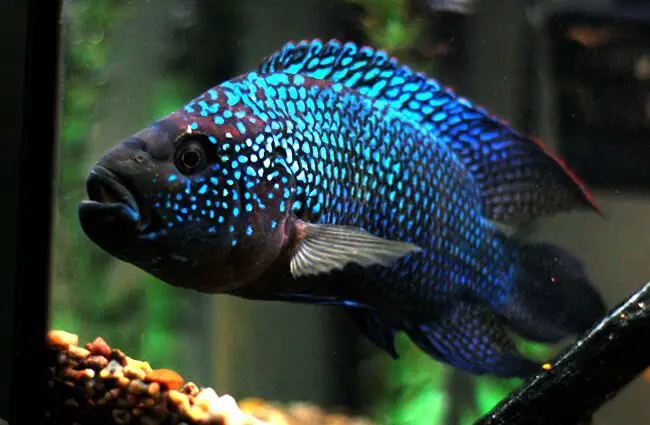
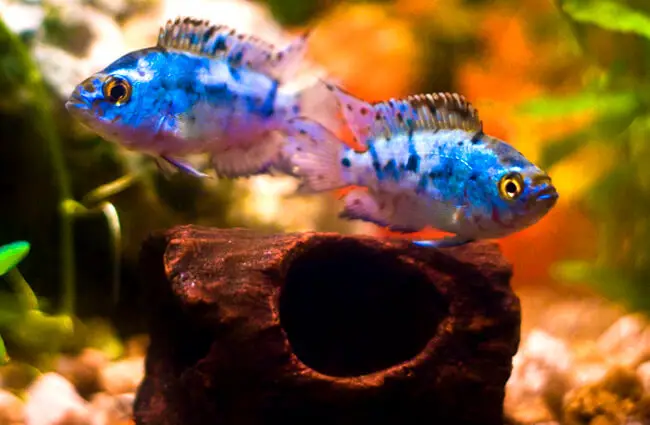
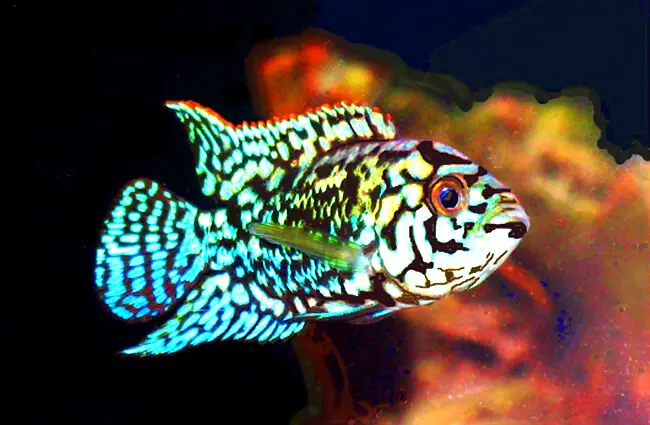
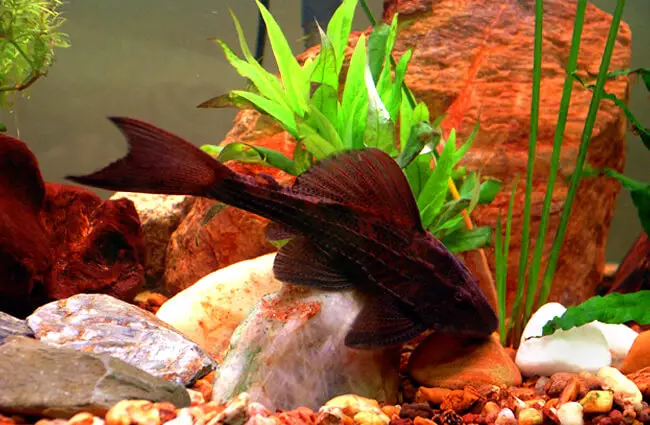
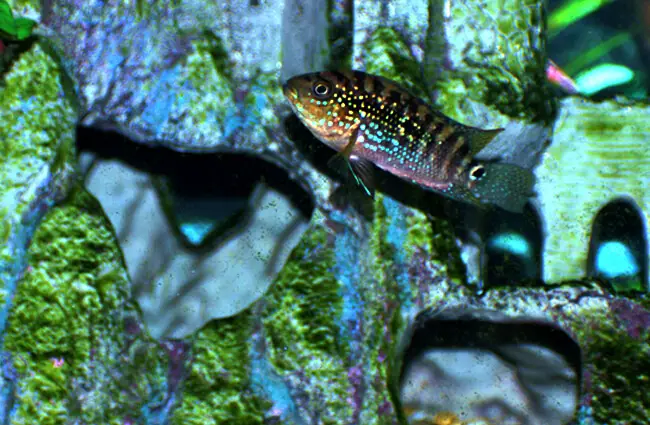

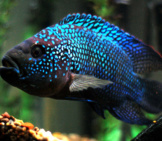

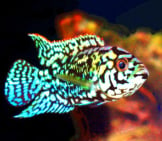

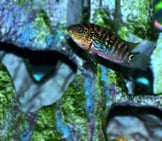
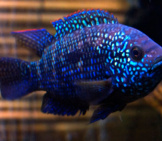
![Red Angus Closeup of a beautiful Red Angus cowPhoto by: U.S. Department of Agriculture [pubic domain]https://creativecommons.org/licenses/by/2.0/](https://animals.net/wp-content/uploads/2020/03/Red-Angus-4-238x178.jpg)












![Red Angus Closeup of a beautiful Red Angus cowPhoto by: U.S. Department of Agriculture [pubic domain]https://creativecommons.org/licenses/by/2.0/](https://animals.net/wp-content/uploads/2020/03/Red-Angus-4-100x75.jpg)

